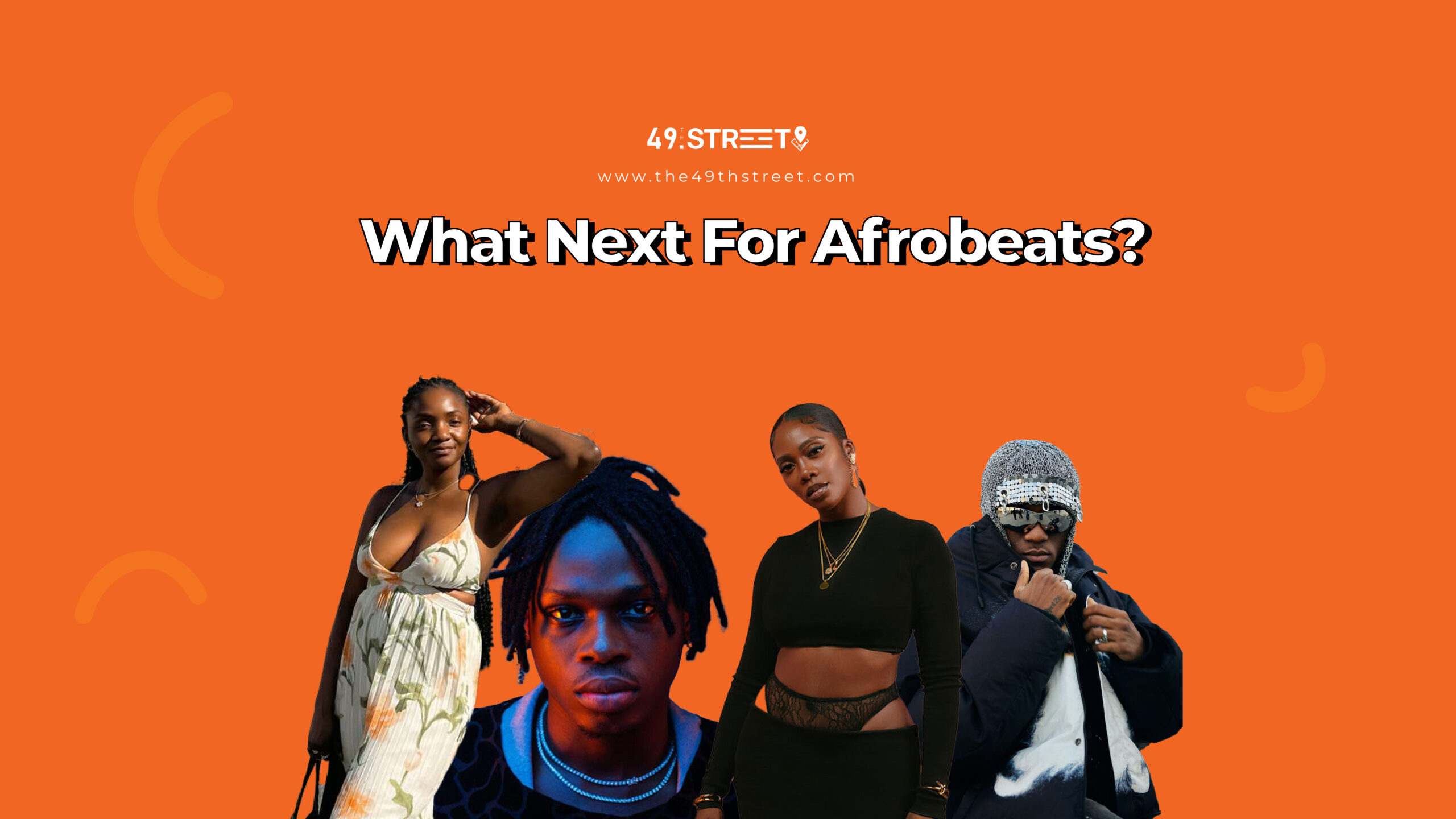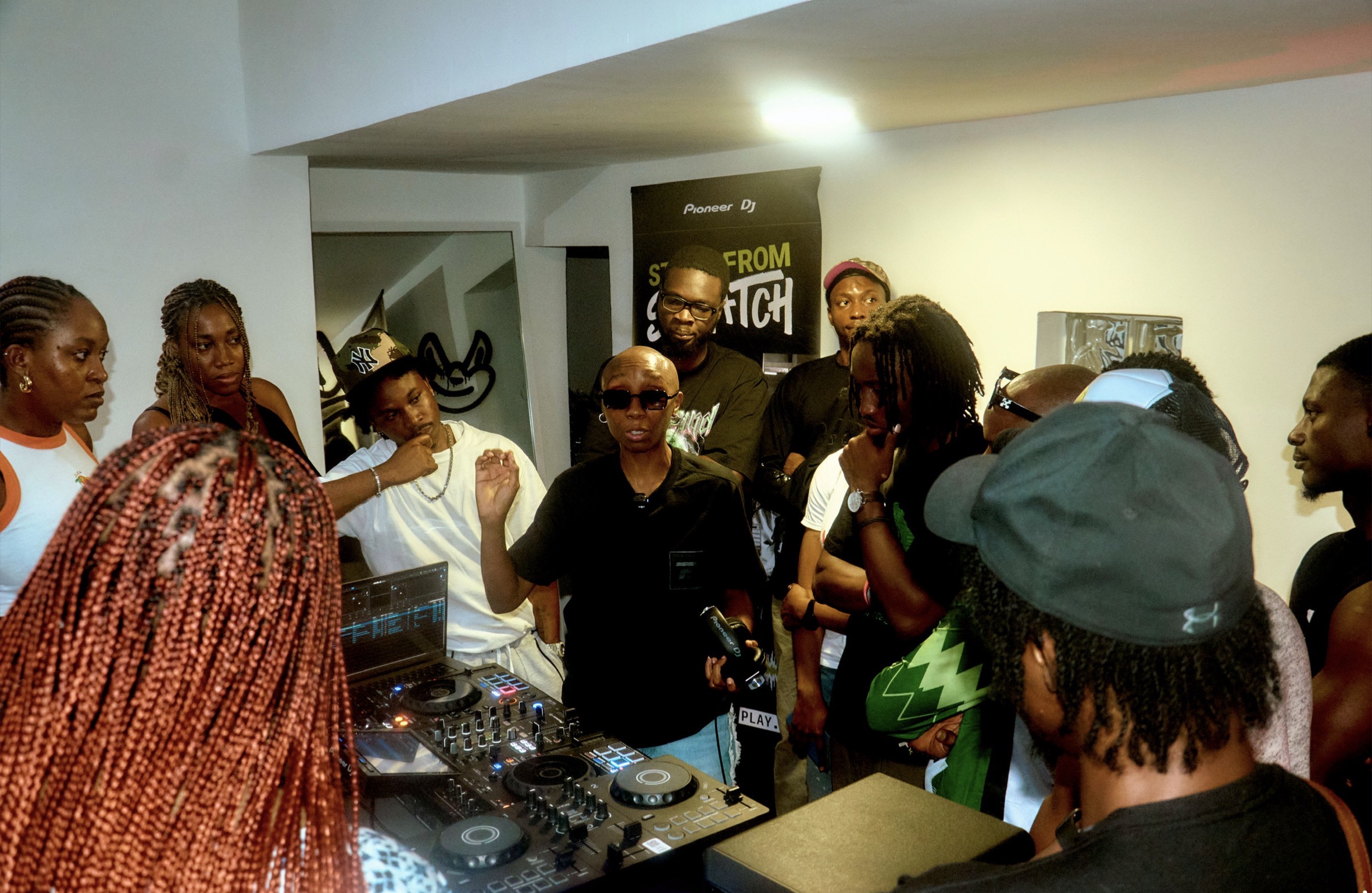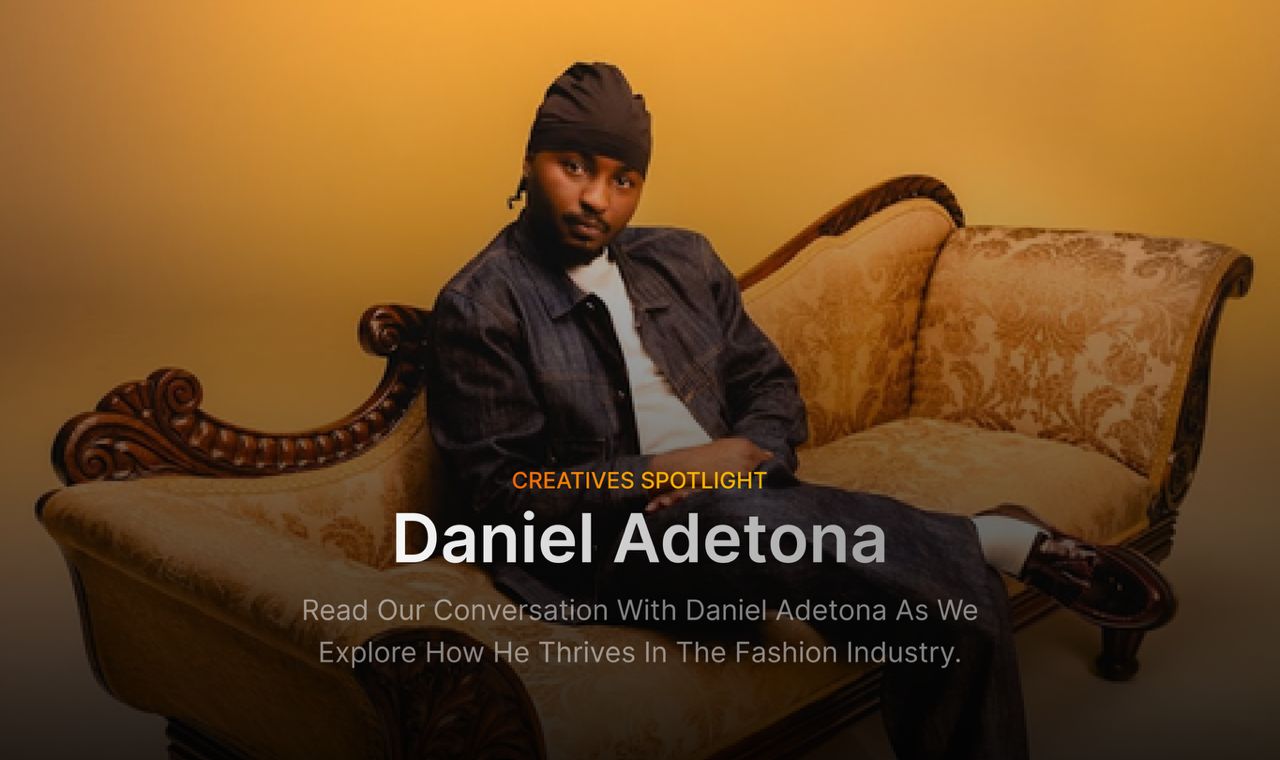by Sofiyah
The Rise of Afrobeats
When hits like 2Baba’s “African Queen” and D’banj’s “Oliver Twist” triggered the well-deserved recognition of the Afrobeats genre, Nigerians at the time definitely didn’t know that a time would come where Afrobeats would skyrocket its flowers from the global audience. Afrobeats, the pulse of Nigerian music, was created when genres like hip-hop, dance-hall, and high-life were effectively merged together. While it has grown to make a significant impact on the global music scene, it is important to know what next for Afrobeats.

The Current Creative Roadblock
Yes, Afrobeats has successfully slithered its way to the mainstream stage, but it shouldn’t stop there. The genre has a ton of potential but the potential in question can only be utilised if the affiliated artistes are open to growth. Currently, it looks like Afrobeats is facing a roadblock in terms of creativity. The main cause of this roadblock can be traced to the fact that artists are concerned with creating sounds that can score hits on global platforms. Before the log drums associated with Amapiano had a chokehold on Afrobeats artists, there was a period where they were open to exploring various sounds. These days, there are hardly any special distinctions between songs.
Experimentation and Originality
While it would be wrong to discredit efforts of certain artists, like Rema and Victony, who continue to experiment with their ever-growing discography (Rema’s current single, “HEHEHE” and Victony’s recent album, “Stubborn,” are solid examples of this), there are still a lot of Afrobeats artists struggling to creatively mould the genre. The production techniques in Afrobeats are breeding grounds for experimentation and the future of Afrobeats relies on its artists to realise that the genre was not birthed to fit in one box. It is expected to embrace originality and also branch out. If it can’t do that — if it can’t evolve — it has stagnancy waiting for it with open arms.

Embracing Cultural Roots
As Afrobeats makes its way to the global audience, it is important that it acknowledges its cultural, African roots. Modern Afrobeats acts should feature traditional sounds and instruments in their work. In the hit song, “Ojapiano,” KCee utilised the local Igbo flute that is commonly known as oja. In “Koroba,” Tiwa Savage used rhythms derived from the traditional talking drums, and in Yemi Alade’s “Ferrari,” she applied traditional Igbo instruments to create a vivacious and festive sound. Incorporating traditional sounds in modern Afrobeats has shown that a healthy amalgamation of old and new can birth a sophisticated genre that gives credits to roots while stepping into the future.

Global Collaborations and Market Penetration
Furthermore, it is evident that Afrobeats is slowly breaching global music markets through collaborations with Western artists. Afrobeats artist, Davido, featured American R&B artist, Chris Brown on his track, “Blow My Mind,” Fireboy had Ed Sheeran, a British singer, on his song “Peru,” and Mr Eazi was featured on “Como Un Bebé,” with Latin American stars, J Balvin and Bad Bunny. Although these collaborations have helped Afrobeats to reach the ears of a willing audience in America and Europe, there are still other music markets that Afrobeats has yet to penetrate.

Expanding into New Markets
Markets in Asia, the Middle East, and Latin America have shown a healthy interest in the Afrobeats genre. Rema’s hit single, “Calm Down,” made it to the Indian International Music Chart and IFPI’s Middle East and North Africa (MENA) chart. We also have Asian acts like Penomeco and Tomorrow X Together incorporating Afrobeats in their respective songs, “BOLO” and “Tinnitus (Wanna be a rock).”
Then there’s Moroccan singer, Ahmed Soultan, famous for his Afro-Arabian techniques, who utilised Afrobeats rhythms in his song, “This Is Who I Am.” This is enough to show that Afrobeats has started making a name for itself in these regions and through strategic marketing, tours, and collaborations with local artists, the genre would be able to insert itself fully into the aforementioned regions and thereby become a truly global phenomenon.
The Importance of Storytelling
Afrobeats, with its catchy hooks and vibrant rhythms, has established itself as a force to be reckoned with, but the storytelling in the genre is expected to play a crucial factor in shaping its future. Storytelling in Afrobeats involves a merge of the traditional African narrative style with modern themes in order to create a rich sound.
Through storytelling, Wizkid, in “Ojuelegba,” was able to celebrate his cultural heritage by narrating his rise from the streets to the global star that he currently is. In “Joromi,” Simi carefully weaved traditional African storytelling with modern relationship dynamics to tell the story of an expectant woman waiting for her lover. Kizz Daniel’s “Tempted To Steal” tells the story of a desperate man who is willing to commit crimes to satisfy the demands of his partner.

Language and Visual Storytelling
The insertion of native languages and Pidgin English into lyrics has also assisted in adding authenticity to the stories being told and this helps the audience connect with the songs. Also, music videos have gone a long way in expressing these stories visually. Falz and Simi were able to better express the lyrics of “Soldier” with a music video, and the storytelling of Adekunle Gold’s “Ire” was amplified by the music video.
Storytelling in Afrobeats has a significant impact on the audience. It’s an important part of the genre that adds flavour and in-depth meaning to the songs. Through themes like love and personal achievements, Afrobeats artists are able to weave a compelling narrative, and as Afrobeats continues to develop, it is very likely that its narrative techniques would become richer and accepting enough to embrace diverse influences.

The Future of Afrobeats
Afrobeats has an exciting future marked for spirited growth and global significance. If artists are open to experimenting with new sounds, connecting with a broader audience, and creating engaging narratives, the genre will dominate the music industry for years to come.





